
Natalia Kupriyanova, Klyazma, Russia, 2016
Multimedia Art Museum, Moscow
Dmitry Lukyanov, Alyans, Russia, 2016
Multimedia Art Museum, Moscow1. In recent years interest in the Soviet past has been increasingly popular. Fashion brands are inspired by the designs of the Red era, while its architectural legacy appeals to researchers and photographers. Of course, everything related to Soviet nostalgia is very popular in social media.
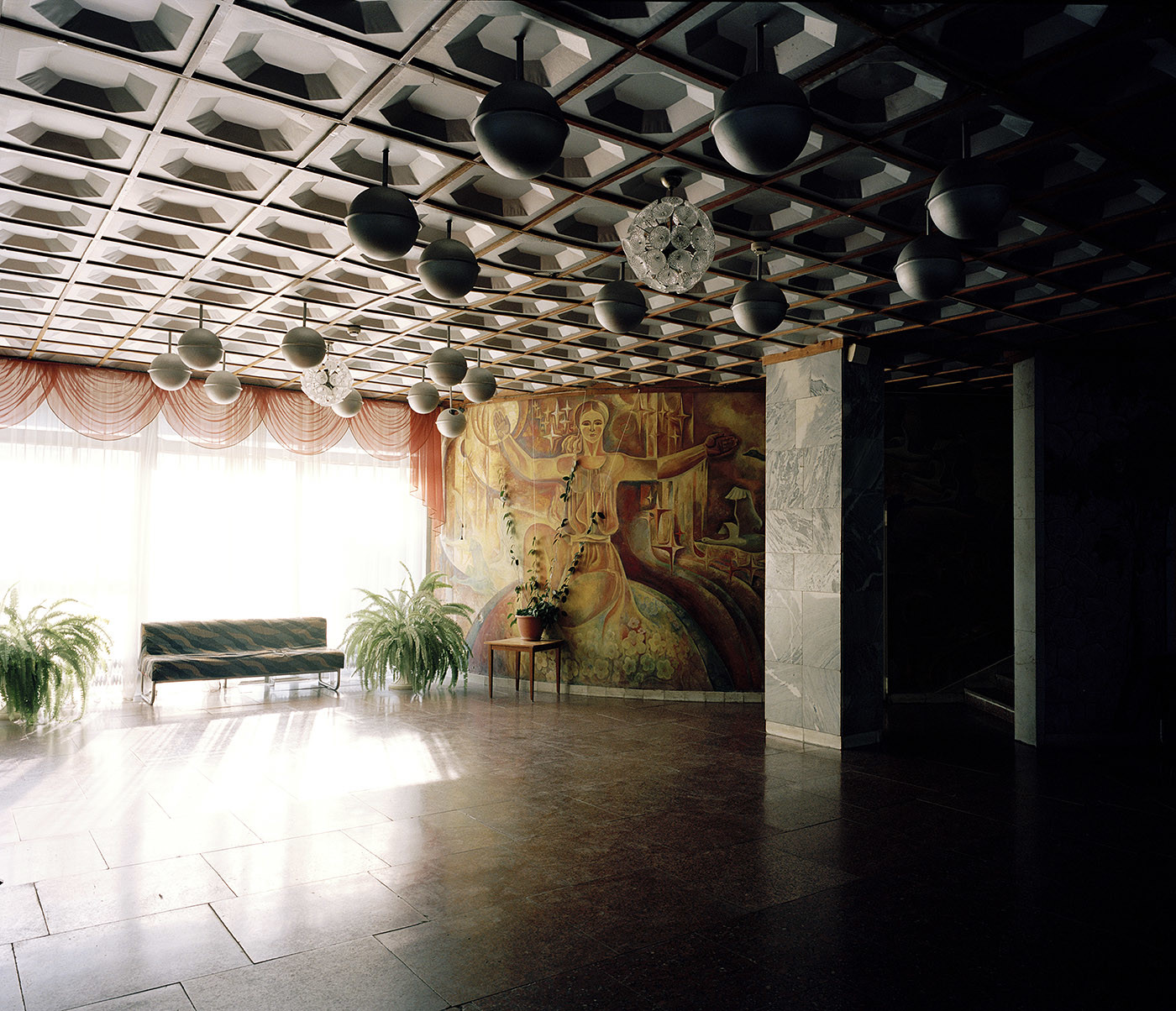
Michal Solarski, "Aurora" sanatorium, Kyrgyzstan, 2016
Multimedia Art Museum, Moscow2. What accounts for the charm of that fading era? Probably because for decades it was isolated from Western influence and was a truly unique aesthetic.
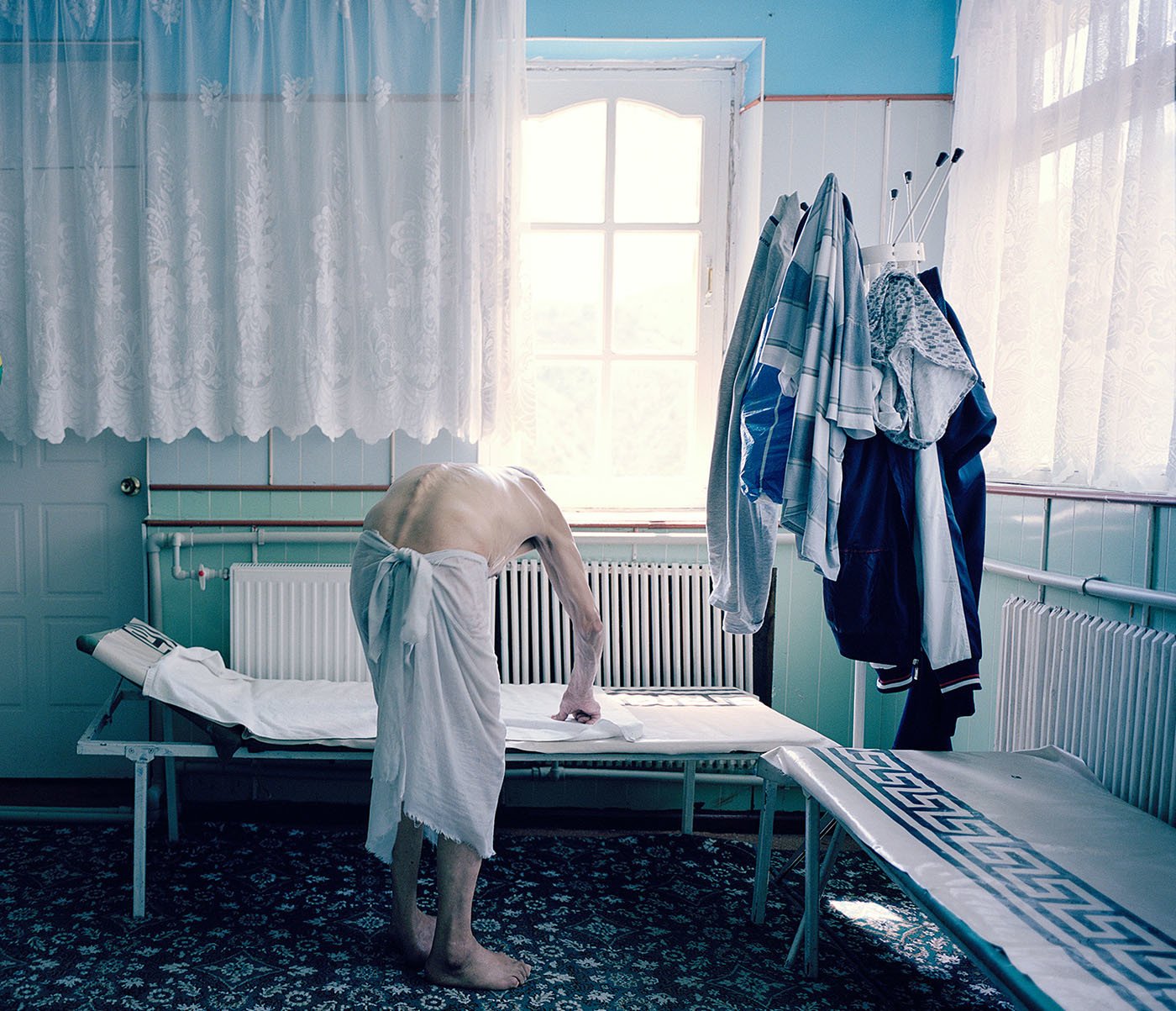
Michal Solarski, Khoja Obi Garm, Tajikistan, 2016
Multimedia Art Museum, Moscow3. One day, British photographer Maryam Omidi was resting in a Soviet-era sanatorium and that weird feeling of retro beauty inspired her to invite Russian, Polish and German friends to travel across the former Soviet Union and capture images of those places of rest and recuperation.
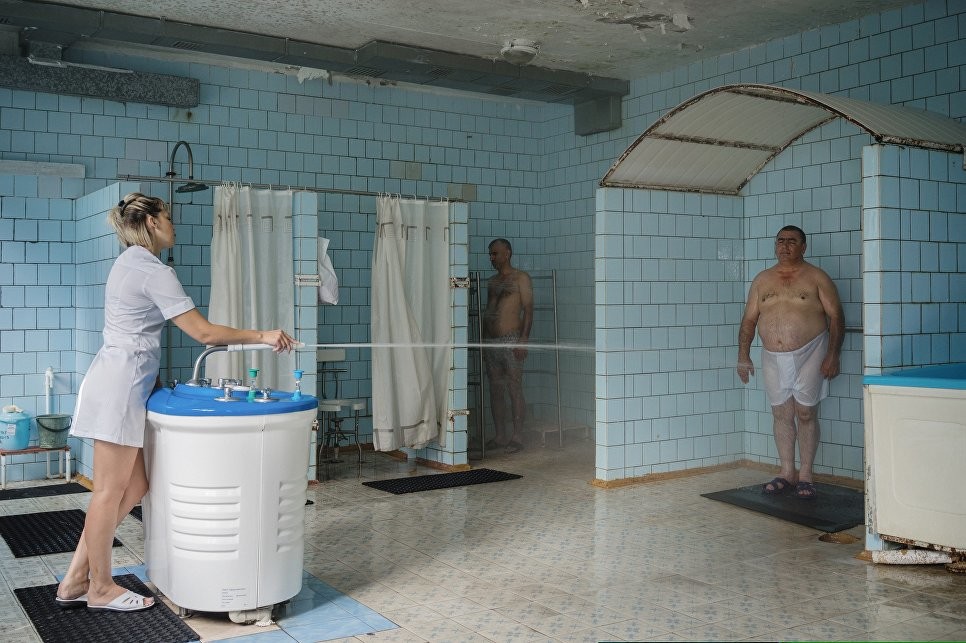
Charcot shower, "Tselebny klyuch" sanatorium, Yessentuki, Russia, 2016
Multimedia Art Museum, Moscow4. The result was the book,Holidays in Soviet Sanatoriums, published by FUEL, a company founded by British enthusiasts of the Soviet past who have released other best-selling photo albums, including about Soviet bus stops and criminal world tattoos.
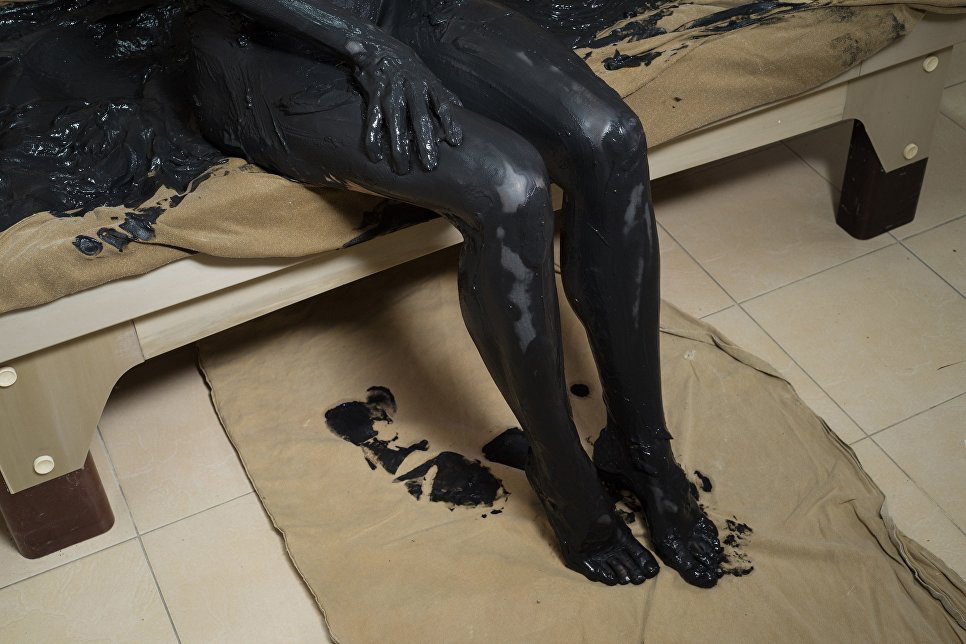
Dmitry Lukyanov, "Alyans" sanatorium, Zheleznovodsk, Russia, 2016
Multimedia Art Museum, Moscow5. The photographers visited sanatoriums with various post-Soviet destinies. Some have been converted into wellness centers with spas, pools and a range of beauty services.
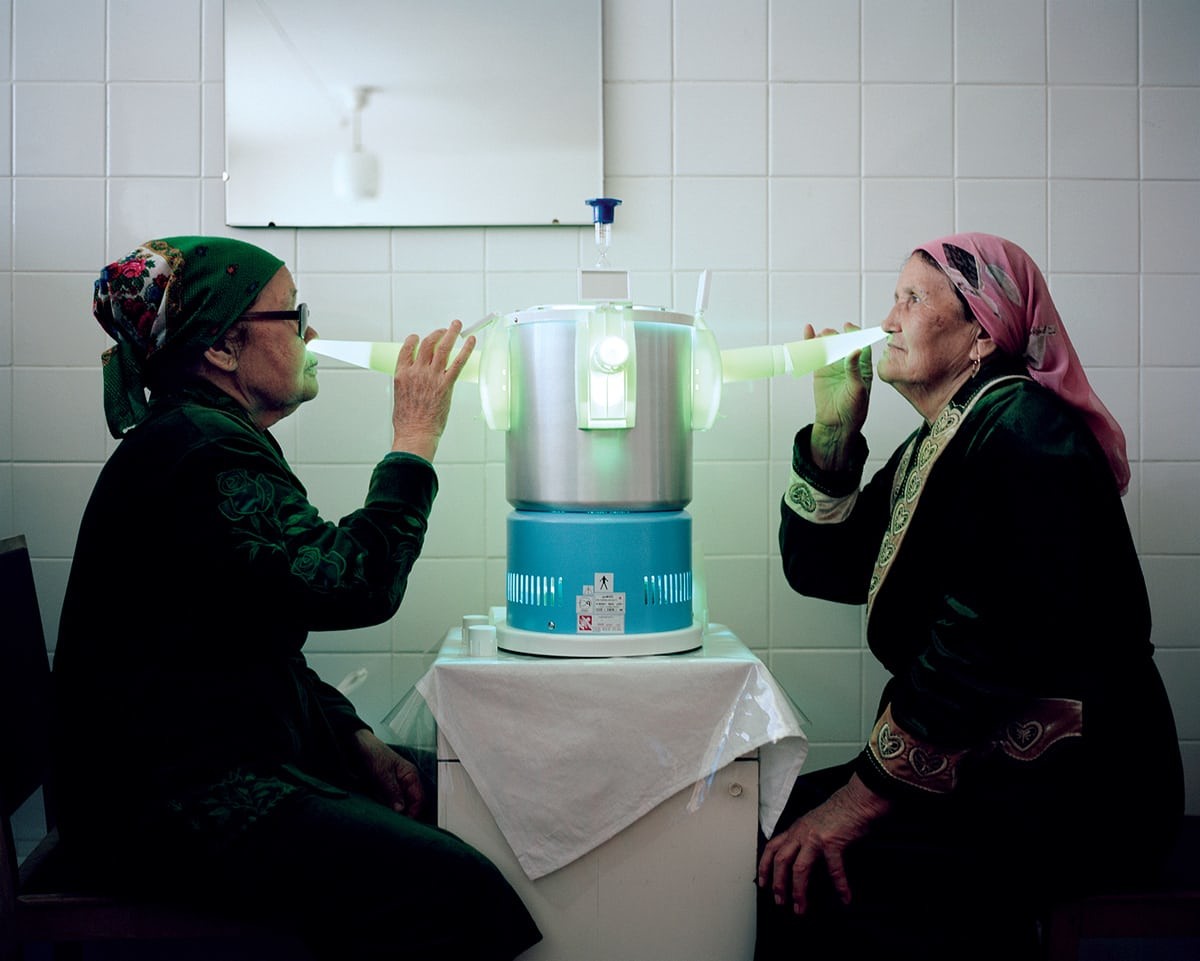
Michal Solarski, "Aurora" sanatorium, Kyrgyzstan, 2016
Multimedia Art Museum, Moscow6. Others offer health services, but mostly work as hotels. People come not for medical care, but for a rest. The guests often grew up in the Soviet era and enjoy the walk down memory lane.
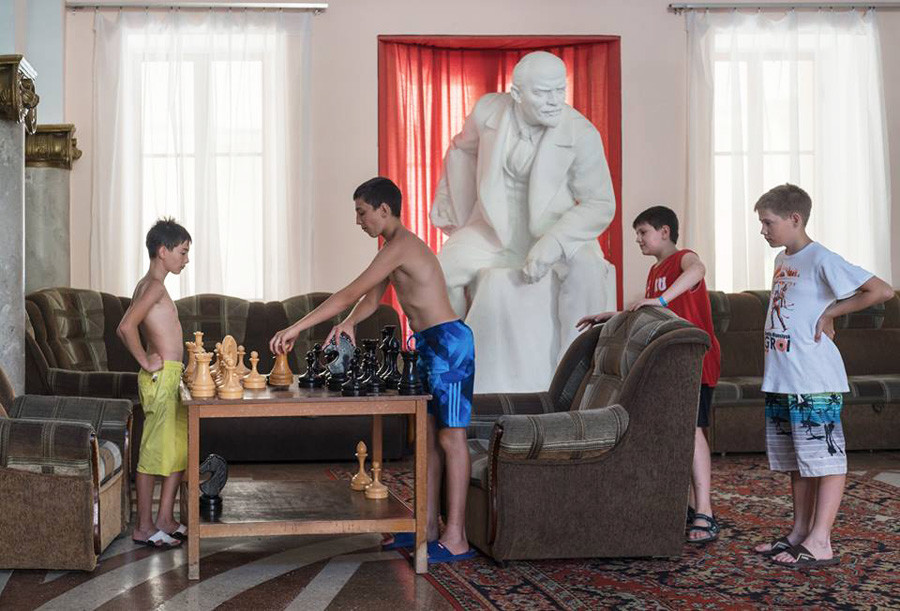
Dmitry Lukyanov, "Amra International" sanatorium, Abkhazia, 2016
Multimedia Art Museum, Moscow7. Some sanatoriums haven't changed at all since Soviet times. Just look at the red curtains and the Lenin statue - it seems that Pioneers were in this hall just yesterday.
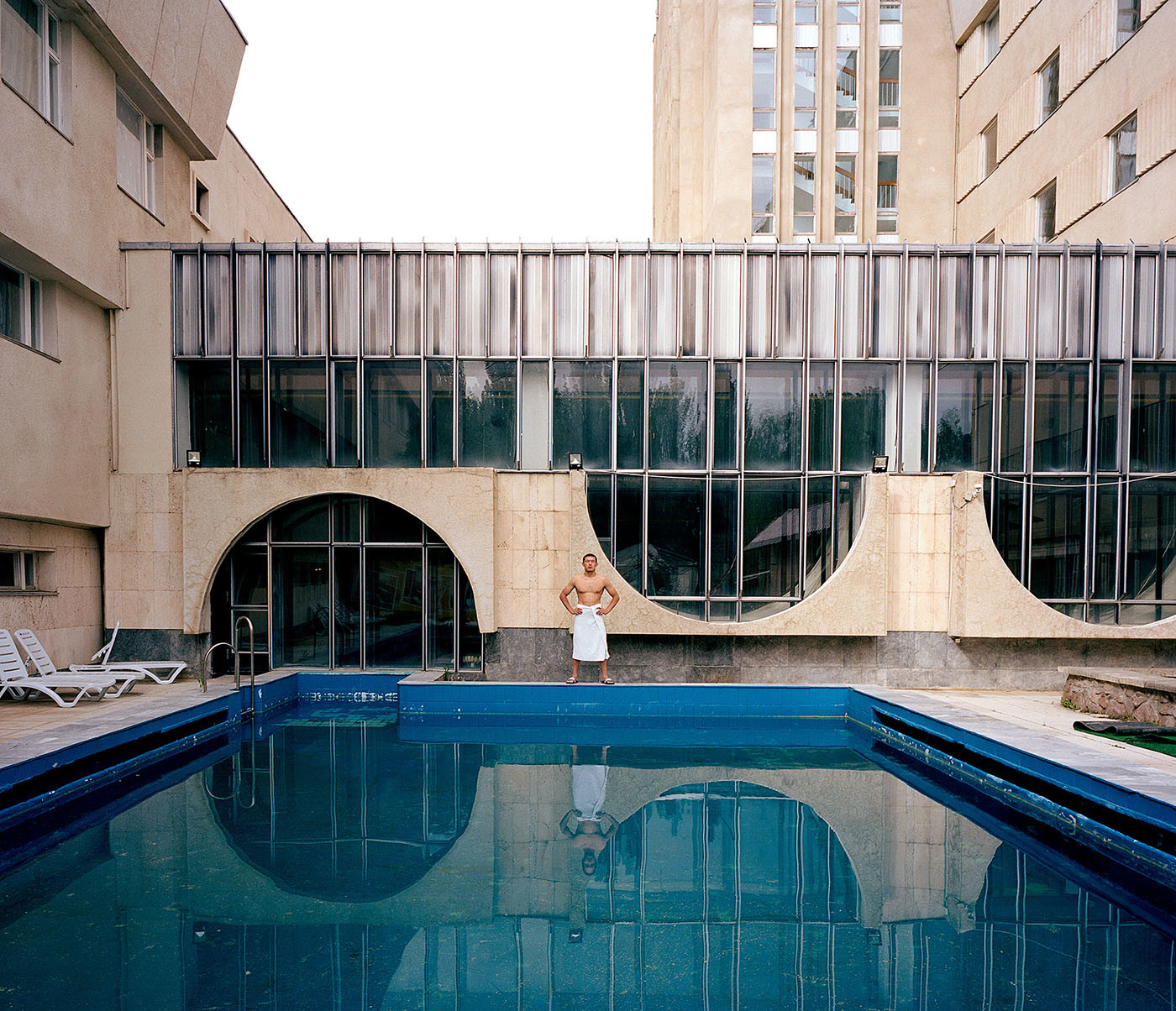
Michal Solarski, "Aurora" sanatorium, Kyrgyzstan, 2016
Multimedia Art Museum, Moscow8. Built in a manner to make Soviet people proud, most sanatoriums are characterized by interesting architecture, and some were built in the innovative Constructivist style.
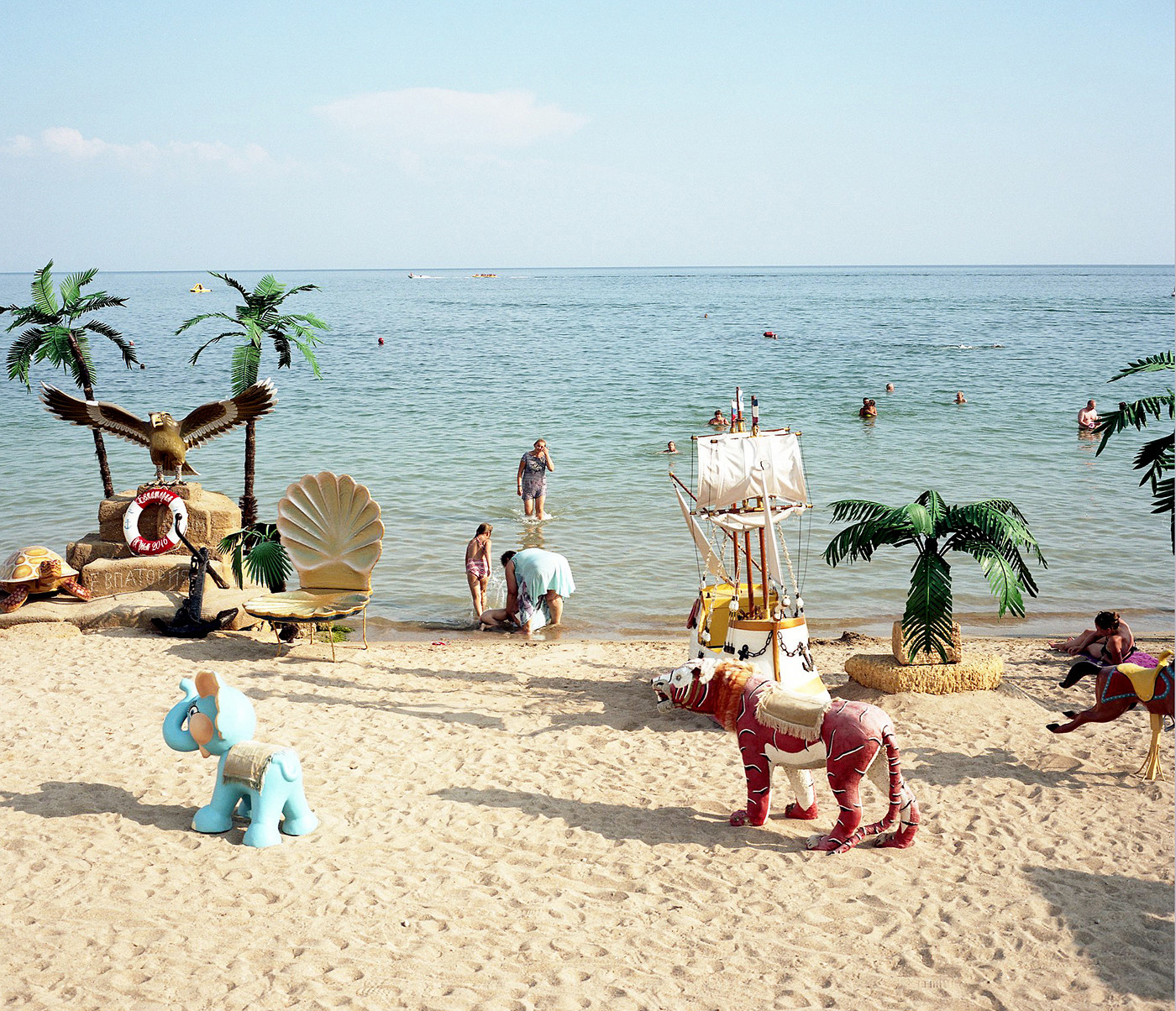
Michal Solarski, Black Sea coast, 2016
Multimedia Art Museum, Moscow9. The Black Sea region was the site of many sanatoriums, and nearly every Soviet person dreamed of getting a doctor’s referral for treatment there. With the air full of the smell of pine trees and the salty sea, Sochi, Abkhazia and Crimea were among the most popular places.
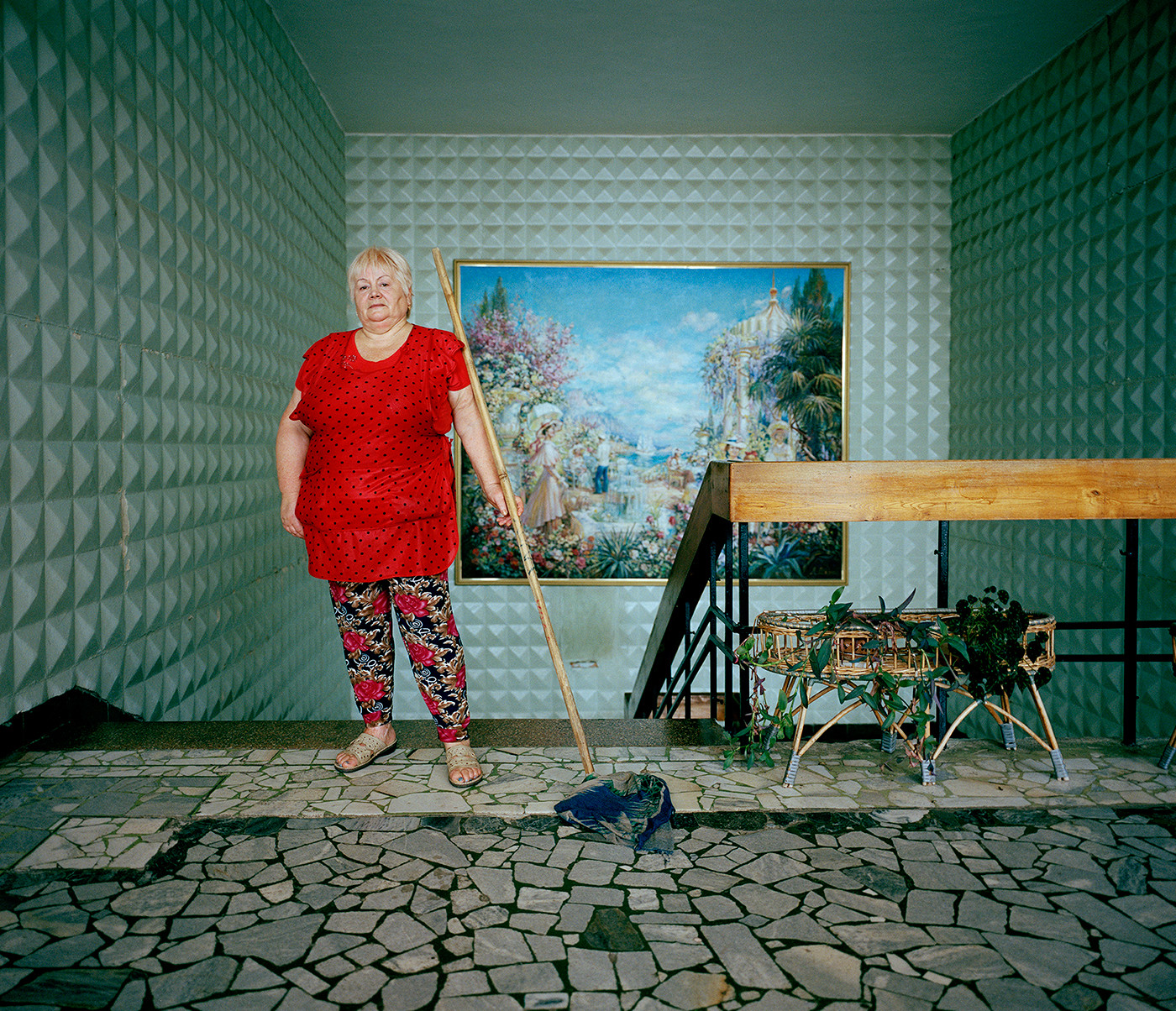
Michal Solarski, "Miskhor" sanatorium, Crimea, Russia, 2016
Multimedia Art Museum, Moscow10. The Caucasian region resort of Mineralny Vody (literally ‘mineral water’) is a kind of ‘Soviet Karlovy Vary’ where people drink mineral water, stroll for miles along mountain paths, and make new acquaintances. By the way, this resort has been popular since the 19th century. Lermontov even depicted it in his novel, Hero of Our Time.
The exhibition, “Holidays in Soviet Sanatoriums,” runs until May 27 at the Manege Central Exhibition hall in Moscow.
If using any of Russia Beyond's content, partly or in full, always provide an active hyperlink to the original material.
Subscribe
to our newsletter!
Get the week's best stories straight to your inbox